I am amused when I see tourists at the Jehlum riverfront in Srinagar. To them, it is the usual urban beautification. For Kashmiris, the Jehlum riverfront symbolises the distance that Kashmir has travelled after the abrogation of Article 370. For us, the generation that has experienced the conflict, it is incredible to witness Kashmir experiencing peace and normalcy. The developed and charming riverfront is a symbol of our new hopes, new dreams, and new templates for the future. So often in our Valley, weeks and months of street violence, unrest, and curfews made life difficult. If we were delayed beyond 7 pm in the summer, frantic calls from home reassured us that all was well. Now we see families and young people casually enjoying strolls in the peaceful neighbourhoods across Kashmir, even at 10 pm or later. Elders say they feel they are back in the Kashmir they experienced over 30 years ago. Before the abrogation of Article 370, Downtown Srinagar was synonymous with violent stone-pelting by groups of young people. Now you can dance through Downtown, play musical instruments, sing on the banks of the Dal, or do whatever you want. Downtown buzzes with sports activities late into the night. During the cool summer evenings of the valley, young people gather here to play football and cricket under floodlights. Matches often take place, and hundreds of locals gather to cheer them on. The same is true for the sports complex near the upscale Polo View Market, where youths gather for a variety of games in the evenings. It has been a year since Lt Governor Manoj Sinha dedicated the renovated Bakshi Indoor Stadium to the people. The stadium has been a haven for the dreams and aspirations of Kashmir’s athletes. It fills their hearts with inspiration, hope and the power to achieve. Shops remain open until late hours, and brightly lit shikaras glide across Dal Lake. All of this has resulted in improved business and higher earnings for traders, shikara wallas, restaurants, dhabas, the transportation sector and all other stakeholders in the tourism industry. The significantly improved security situation has contributed to an overall better quality of life. The world often divides time into pre-Covid and post-Covid eras. Kashmir, on the other hand, refers to time as pre-August 5, 2019, and post-August 5, 2019, the date of the abrogation of Article 370. Across the various districts of Kashmir, this is how I hear elders and youths speak – ‘Teen-sou-sattar tootne se pehle, teen-sou-sattar tootne ke baad’ – referring to life before and after the abrogation of Article 370. I hear some elders wondering whether ’teen-sou-sattar’ was a curse upon Kashmir. They fondly recall their joyful hours spent at cinema halls during their youth. As Pakistan-sponsored terror tightened its grip on the Valley, cinema halls and everything associated with happiness and normalcy were forcibly shut down. For more than 30 years, everything became bloody and gory. People often say that before ’teen-sou-sattar’, they visited graveyards more frequently than the many gardens of Kashmir. But finally, we are witnessing a shift. From a conflict-ridden environment, Kashmir has transitioned into a state of normalcy. This is something the elders can relate to, and the youth and children are embracing it wholeheartedly. Kashmiris are embracing the new era of nightlife. Traffic can be seen on the roads until 11 pm and even later. Eateries and roadside joints remain open and bustling with activity, making life feel good. The heightened sense of security is evident in everyday life. During my early teens, which coincided with the mid-90s, Kashmir was caught in a vortex of violence. The separatists’ hartal calendar dictated life, with government employees relying on the morning newspaper to determine if they should go to the office. Students had more hartal holidays than regular working days, and market shutdowns were a norm. Now, parents no longer need to worry about law-and-order disturbances, such as stone pelting or grenade attacks, while their children are at school or college. In a conflict-ridden region, it takes immense grit and determination from both the government and the people to steer back towards normalcy. We all can see the light. We can see the hope that the upcoming generations won’t grow up in the dark shadow of conflict and death. We realise that regions with vibrant nightlife also enjoy a normal and peaceful daytime. Kashmir has turned around. People understand how fragile life becomes when peace is lost. For a population wearied by conflict, peace and normalcy are precious joys of life. The writer is a former operative of Hizbul Mujahideen and lives in Old Town Baramulla. Having left his past behind, he runs a free coaching centre for poor children and orphans. Views expressed in the above piece are personal and solely that of the author. They do not necessarily reflect Firstpost’s views. Read all the Latest News, Trending News, Cricket News, Bollywood News, India News and Entertainment News here. Follow us on Facebook, Twitter and Instagram.
In the heart of a revitalised Kashmir, the value of peace is deeply understood by a conflict-weary population, illuminating the cherished joys of normalcy after years of turmoil
Advertisement
End of Article


)
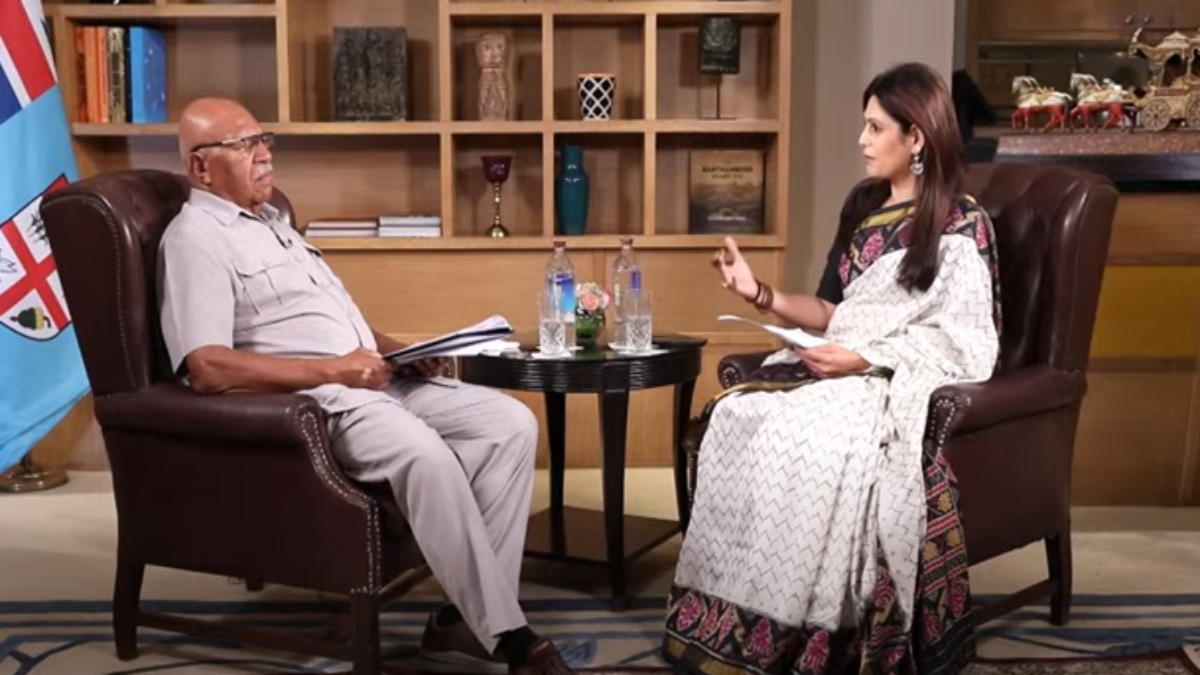)
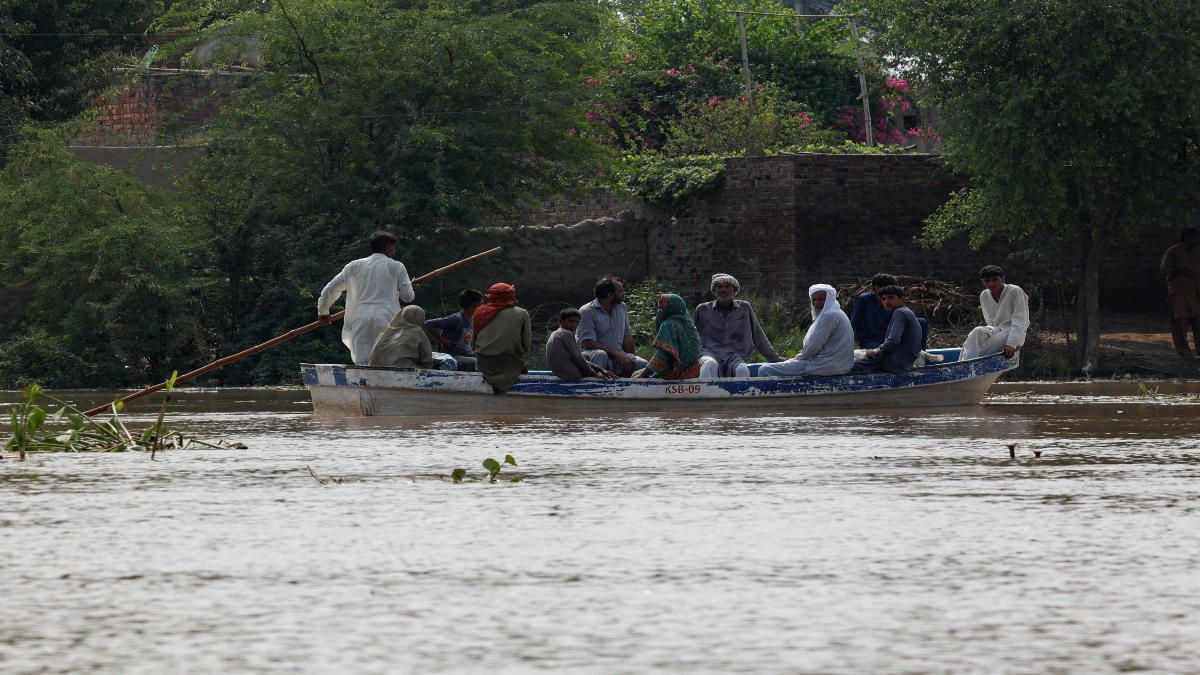)
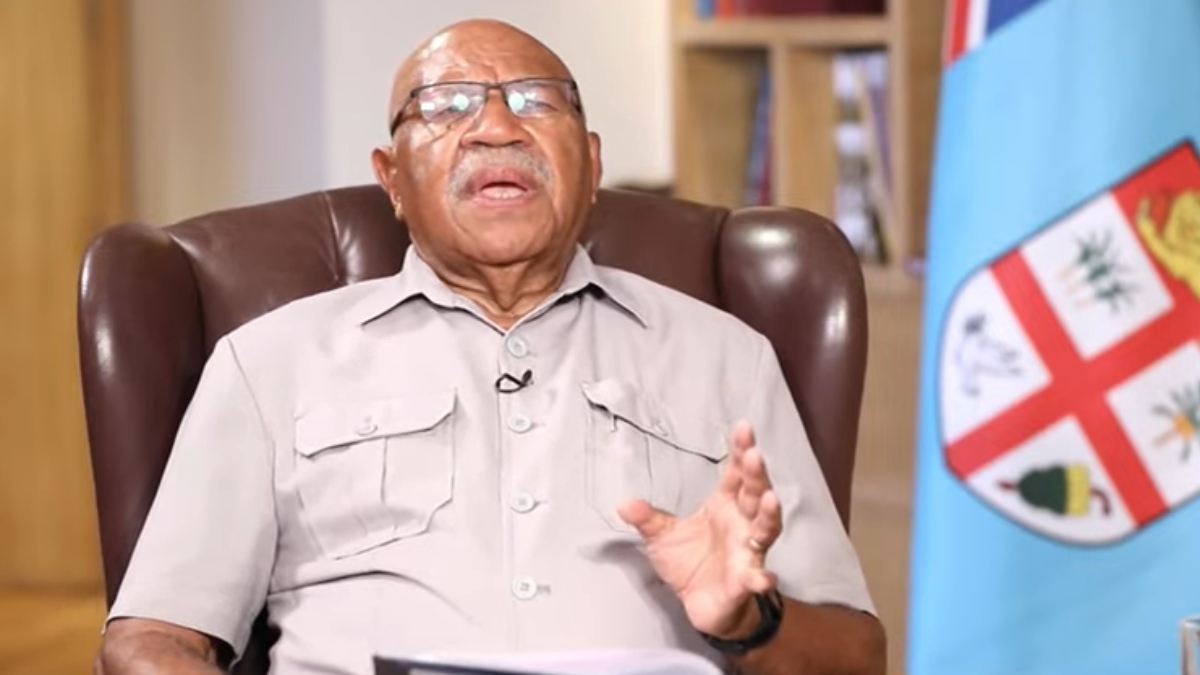)
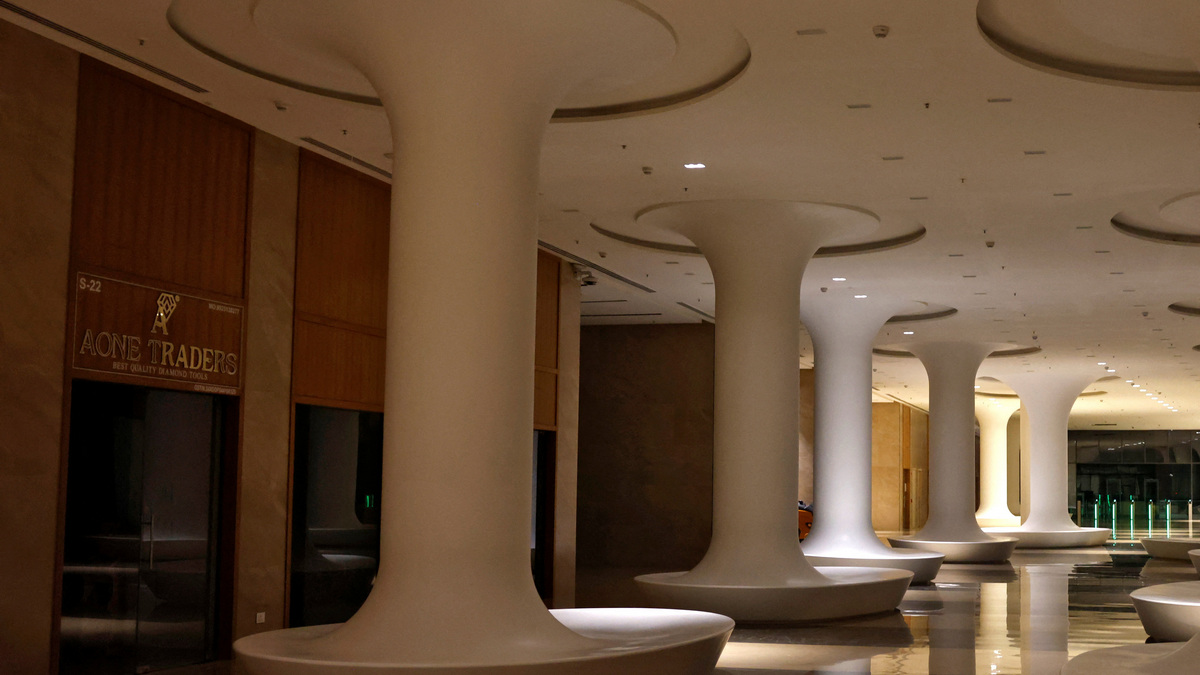)
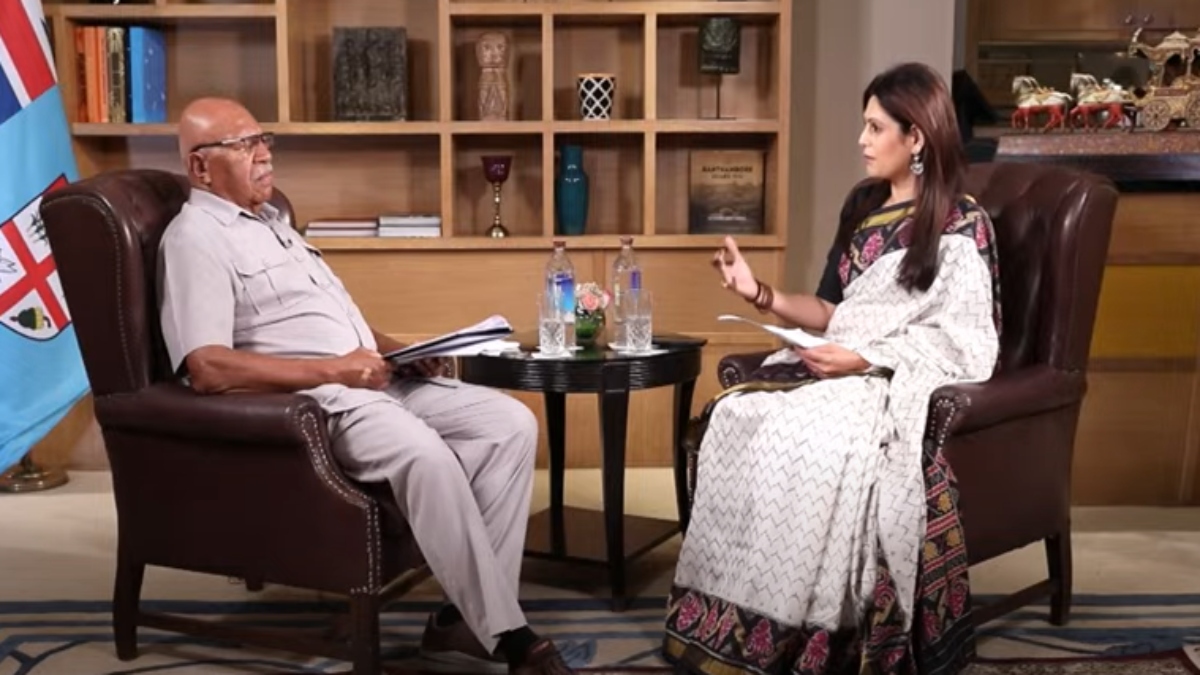)
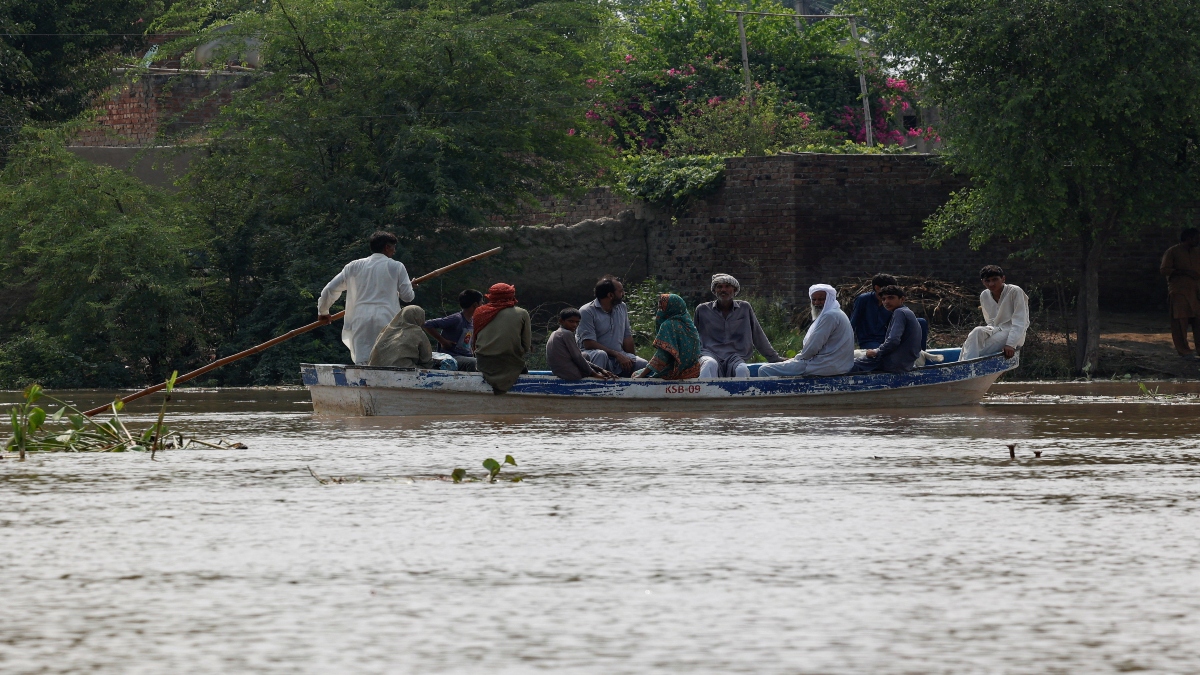)
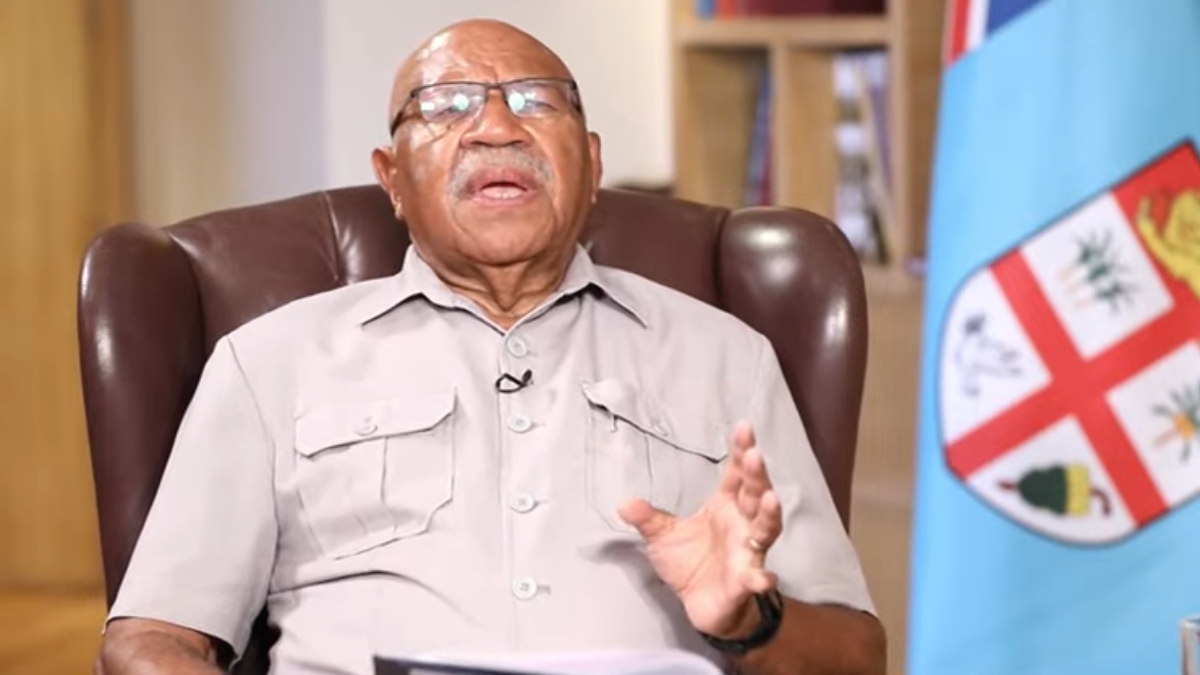)
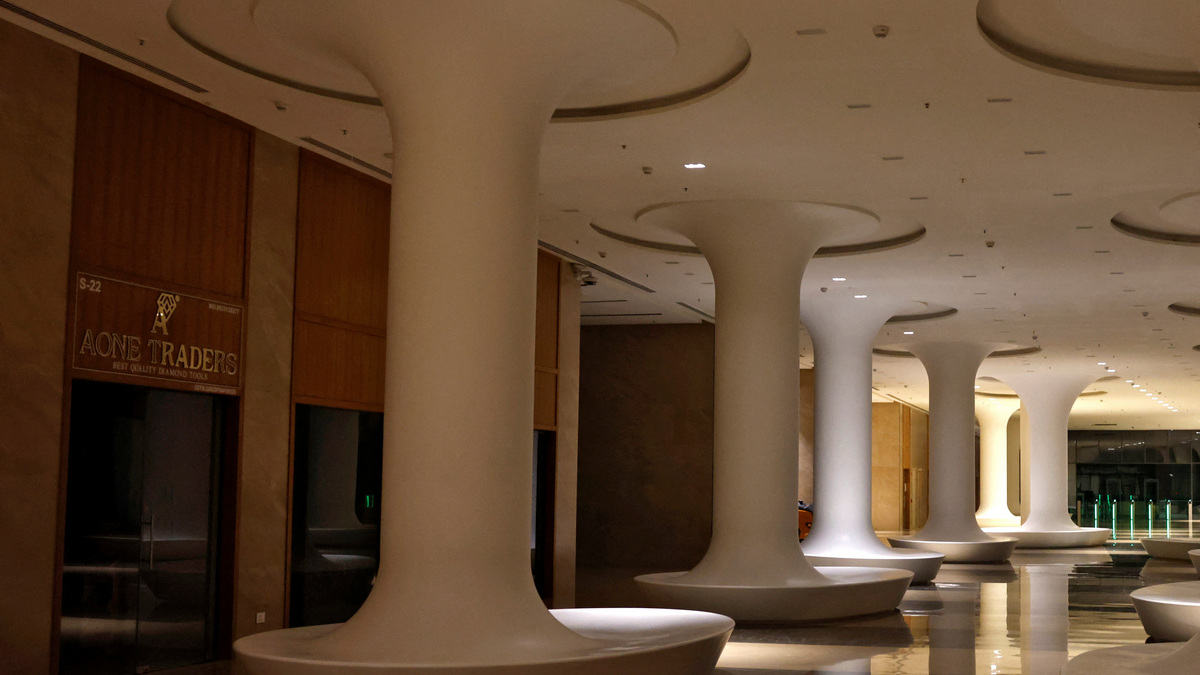)



